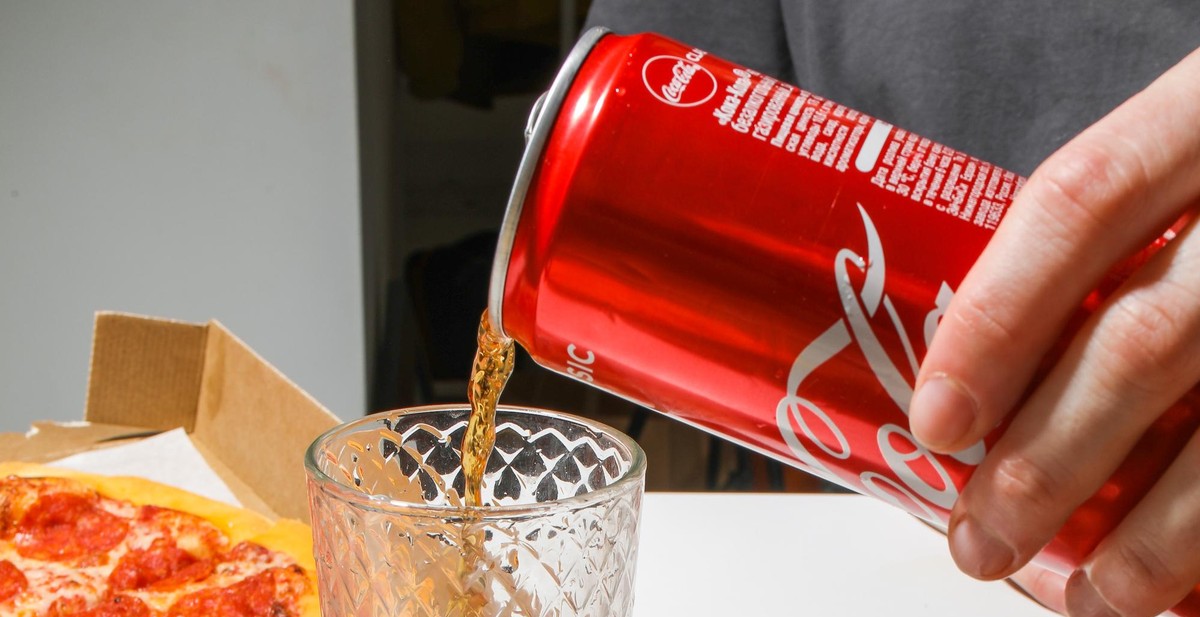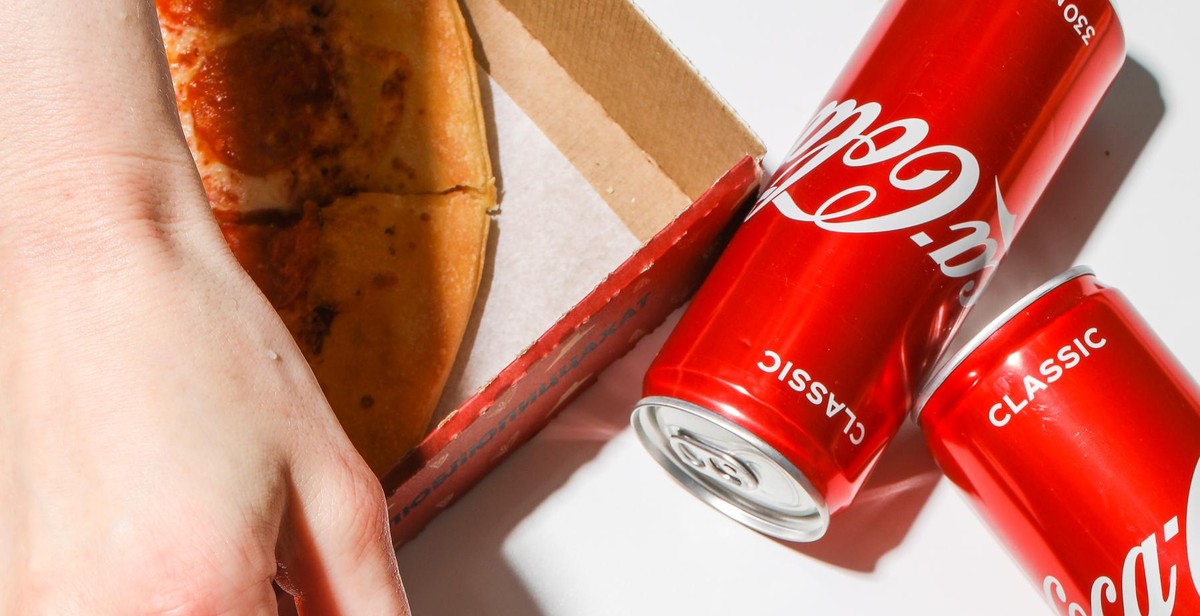How to Choose the Right Pizza Dough Rising Time: Exploring Short and Long Fermentation
If you’re a pizza lover, you know that the crust is the foundation of a great pizza. And the key to a perfect crust is the dough. But did you know that the rising time of the dough can make a huge difference in the texture, flavor, and overall quality of your pizza?
Why the Right Pizza Dough Rising Time Matters
The rising time of pizza dough refers to the amount of time the dough is left to ferment before it’s shaped and baked. This process is essential because it allows the yeast in the dough to break down the sugars and produce carbon dioxide, which makes the dough rise and gives it its characteristic texture and flavor.
However, the length of the rising time can vary depending on several factors, including the type of yeast used, the temperature and humidity of the environment, and the recipe. Shorter rising times typically result in a thin and crispy crust, while longer rising times produce a thicker and chewier crust.
So, how do you choose the right pizza dough rising time? It all depends on your personal preference and the type of pizza you want to make. In this article, we’ll explore the differences between short and long fermentation and provide tips on how to choose the right rising time for your pizza dough.

Short Fermentation vs. Long Fermentation
One of the most important decisions you will make when making pizza dough is choosing the right fermentation time. Fermentation is the process of allowing the dough to rest and rise, which results in a delicious, airy crust. There are two main options for fermentation times: short and long.
Short Fermentation
Short fermentation times typically range from a few hours to overnight. This method is perfect for those who want to make pizza quickly or who do not have the time to wait for a longer fermentation process. Short fermentation times are also ideal for those who live in warmer climates, as the dough can over-ferment and become too sticky if left too long in warm temperatures.
Short fermentation times can result in a crust that is slightly denser and chewier than a crust made with a longer fermentation time. However, this method can still produce a delicious pizza crust, especially if high-quality ingredients and proper techniques are used.
Long Fermentation
Long fermentation times typically range from 24 to 72 hours. This method is perfect for those who want to achieve a more complex flavor profile in their pizza crust. The longer fermentation time allows for the development of more complex flavors and a lighter, airier crust. This method is also ideal for those who want to plan ahead and have the time to allow the dough to rise slowly over a longer period.
Long fermentation times can result in a crust that is light, airy, and has a slightly sour flavor. This method is often used by professional pizzerias and pizza enthusiasts who want to create the perfect crust.
| Fermentation Time | Crust Texture | Flavor Profile |
|---|---|---|
| Short | Slightly denser and chewier | Milder flavor |
| Long | Lighter and airier | Complex and slightly sour |
Ultimately, the choice between short and long fermentation times comes down to personal preference and time constraints. Both methods can produce a delicious pizza crust, but the longer fermentation time will result in a more complex flavor and lighter texture.

Factors to Consider When Choosing a Rising Time
Choosing the right rising time for your pizza dough is crucial to achieving the desired flavor and texture of your pizza. There are several factors to consider when choosing a rising time:
Type of Pizza
The type of pizza you are making will determine the rising time you should choose. For example, a Neapolitan pizza requires a longer rising time compared to a thin-crust pizza. This is because Neapolitan pizza dough is typically softer and more elastic, which requires a longer fermentation period to develop the desired texture and flavor.
Desired Flavor and Texture
The rising time you choose will also affect the flavor and texture of your pizza. A longer rising time will result in a more flavorful and chewy crust, while a shorter rising time will result in a thinner and crispier crust. Consider the type of pizza you want and the flavor and texture you desire before choosing your rising time.
Time Constraints
If you are short on time, you may need to choose a shorter rising time. However, keep in mind that a shorter rising time may result in a less flavorful and less textured crust. If you have the time, it is recommended to choose a longer rising time to achieve the best results.
Temperature
The temperature of your dough during fermentation will also affect the rising time. A warmer environment will speed up the fermentation process, while a cooler environment will slow it down. If you are using a shorter rising time, a warmer environment may be necessary to achieve the desired texture and flavor. However, if you are using a longer rising time, a cooler environment may be better to allow the dough to develop slowly and evenly.
Consider all of these factors when choosing your rising time to achieve the best results for your pizza dough.

Tips for Successful Pizza Dough Fermentation
When making pizza dough, fermentation is a crucial step that can greatly affect the final product. Here are some tips to ensure successful fermentation:
Use High-Quality Ingredients
The quality of your ingredients can greatly impact the fermentation process. Be sure to use high-quality flour, yeast, and water. Avoid using bleached flour or tap water that contains chlorine, as these can negatively affect the fermentation process.
Measure Accurately
Accurate measurement of ingredients is crucial for successful fermentation. Use a kitchen scale to measure your flour and water by weight, rather than volume. This will ensure consistency in your dough and help you achieve the desired fermentation time.
Consider Using a Starter
A starter, also known as a sourdough starter, is a natural leavening agent that can enhance the flavor and texture of your pizza dough. It is made by fermenting flour and water over several days, allowing natural yeasts and bacteria to develop. Incorporating a starter into your dough can also help to extend the fermentation time, resulting in a more complex flavor profile.
Monitor the Dough
During fermentation, it is important to monitor the dough to ensure it is progressing as desired. The ideal temperature for pizza dough fermentation is between 70-75°F (21-24°C). If the temperature is too low, the fermentation process will be slow, while high temperatures can cause the dough to over-ferment. Additionally, keep an eye on the dough’s volume and texture, as these can indicate when it is ready for shaping and baking.
| Use high-quality ingredients | Measure accurately | Consider using a starter | Monitor the dough |
By following these tips, you can ensure successful pizza dough fermentation and achieve the desired rising time for your pizza dough.

Conclusion
Choosing the right pizza dough rising time is crucial to achieving the perfect crust. The decision between short and long fermentation depends on several factors, including the desired flavor, texture, and convenience.
If you prefer a more complex and nuanced flavor, a longer fermentation time is the way to go. This method allows the dough to develop more flavor and creates a chewier crust. However, it requires more planning and patience.
On the other hand, a shorter fermentation time is ideal for those who want a quick and easy pizza dough. This method still produces a delicious crust but with a milder flavor and softer texture.
It’s important to note that the type of yeast used also plays a role in the dough rising time. Active dry yeast requires longer fermentation times, while instant yeast can be used for quicker rises.
Ultimately, the choice between short and long fermentation comes down to personal preference and the time available. Experiment with both methods to find the perfect dough rising time for your taste buds.
Key Takeaways
- Choosing the right pizza dough rising time is crucial to achieving the perfect crust.
- A longer fermentation time creates a more complex and nuanced flavor and a chewier crust.
- A shorter fermentation time produces a milder flavor and a softer texture.
- The type of yeast used also plays a role in the dough rising time.
- Experiment with both short and long fermentation to find the perfect dough rising time for your taste buds.
| Short Fermentation | Long Fermentation |
|---|---|
| Quick and easy | Requires planning and patience |
| Milder flavor | More complex and nuanced flavor |
| Softer texture | Chewier crust |
